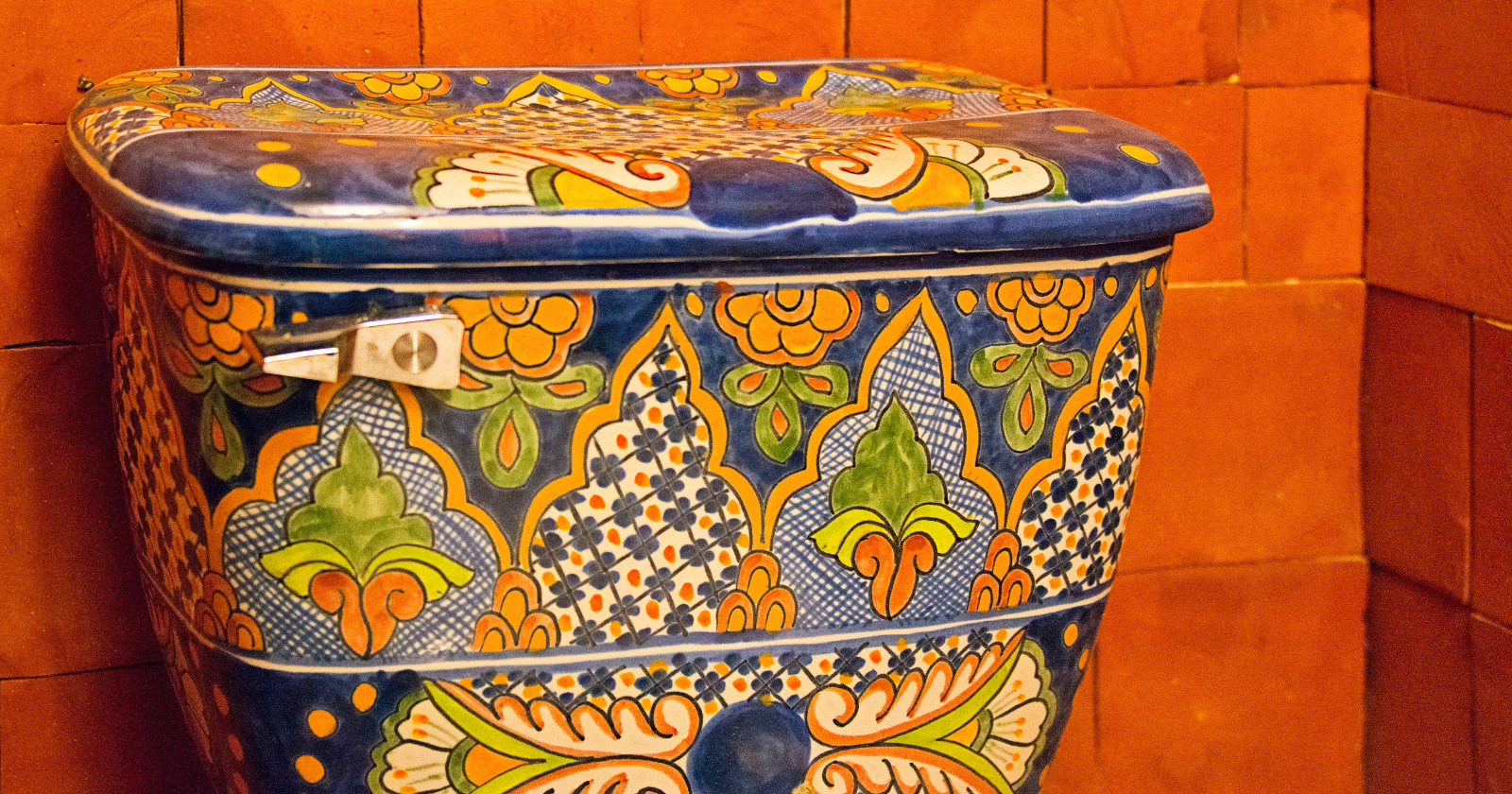
Many homeowners, like myself, are always on the hunt for creative ways to keep the bathroom smelling fresh and clean. This brings us to a quirky question: can you put fabric softener in toilet tanks? While the idea of adding a pleasant fragrance to your bathroom might sound tempting, it’s crucial to understand the potential implications and effectiveness of using fabric softener in such an unconventional way. Let’s dive into the benefits and drawbacks of this practice and find out if it’s a fresh idea or just a flush in the pan!
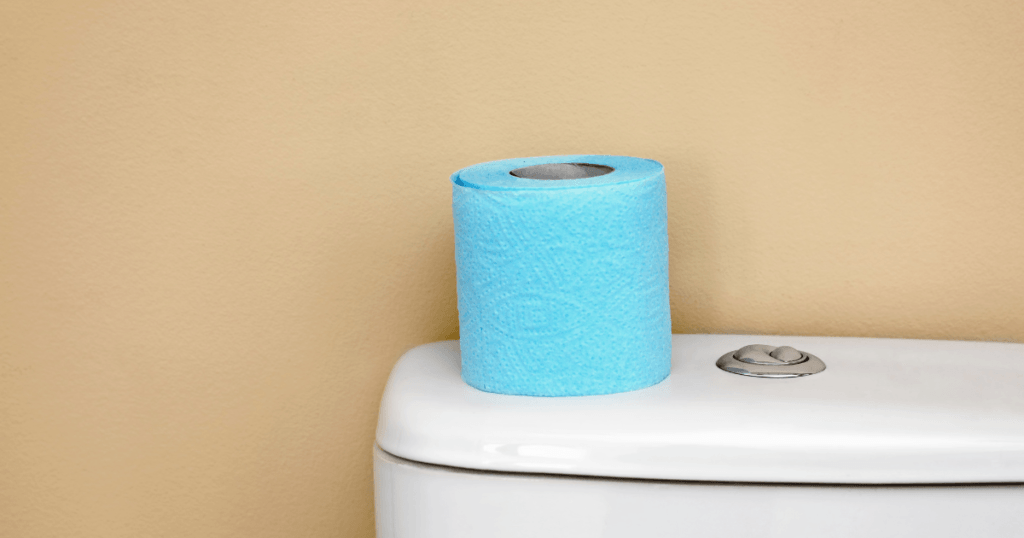
So, Can You Put Fabric Softener In Toilet Tanks?
So, can you put fabric softener in toilet tanks? While it might sound like a clever hack to keep your bathroom smelling fresh, it’s not the best idea. Fabric softener can build up and clog the inner workings of your toilet, causing more harm than good. It might even damage rubber and plastic parts, leading to costly repairs.
Instead, consider using toilet cleaning tablets or natural options like vinegar and baking soda. These alternatives can keep your toilet clean and fresh without risking any plumbing nightmares. So, save the fabric softener for your laundry—your toilet will thank you!
The Benefits of Using Fabric Softener in Toilet Tanks
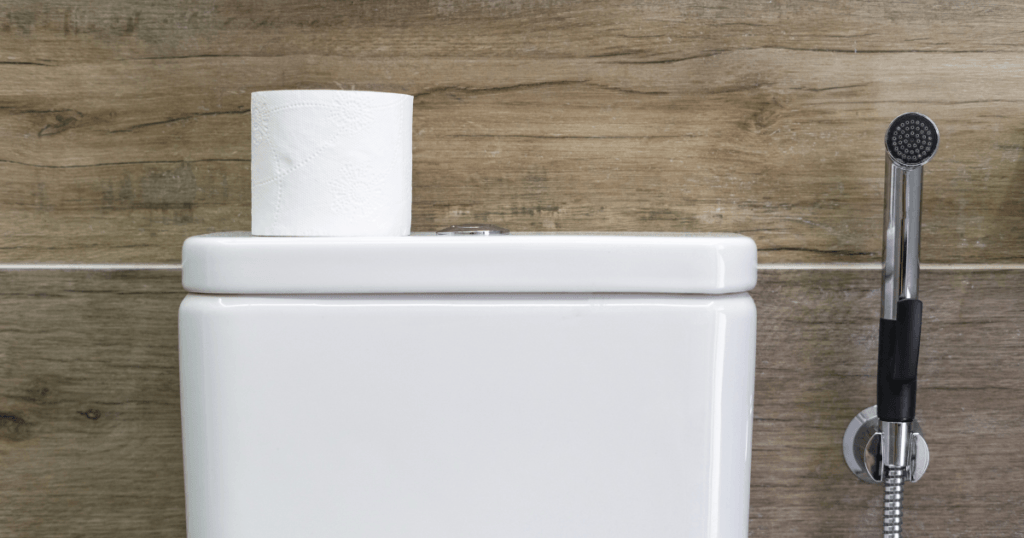
Can You Put Fabric Softener In Toilet Tanks? It’s a question many of you might have pondered. Here are the potential benefits:
Freshness on Demand: With each flush, the toilet dispenses the aroma of clean laundry, effectively masking any unwanted odors.
Lasting Aroma: Unlike fleeting air fresheners, this method ensures a sustained, refreshing scent with every flush.
Cost-Efficient: This approach can be more wallet-friendly than pricier fresheners. A little goes a long way!
Simple Use: Pour, flush, and enjoy the freshness. No intricate steps are involved.
Water Softening: Besides the scent, fabric softeners can also help tackle hard water, reducing mineral deposits and stains in the bowl.
By the end, you’ll have a clearer perspective on whether this hack is right.
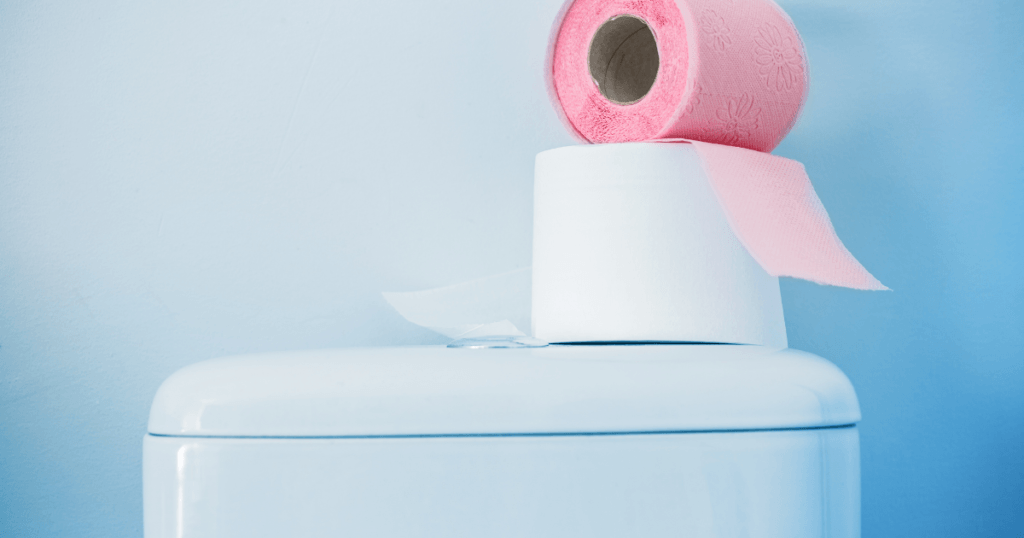
The Cons of Using Fabric Softener in Toilet Tanks
Can You Put Fabric Softener In Toilet Tanks? While the appeal is a fragrant bathroom, there are drawbacks to note:
- Septic Concerns: Continuous fabric softener use might cause septic system buildups, leading to potential plumbing issues and costly fixes.
- Environmental Impact: The chemicals in softeners can harm aquatic ecosystems, posing environmental risks.
- Pipe Blockages: Fabric softeners can clog pipes over time, resulting in significant plumbing challenges.
- Expert Take: Many plumbers advise against this method, emphasizing its risks over the fleeting fresh scent.
In weighing the pros and cons, it’s clear there might be safer alternatives to achieve bathroom freshness.
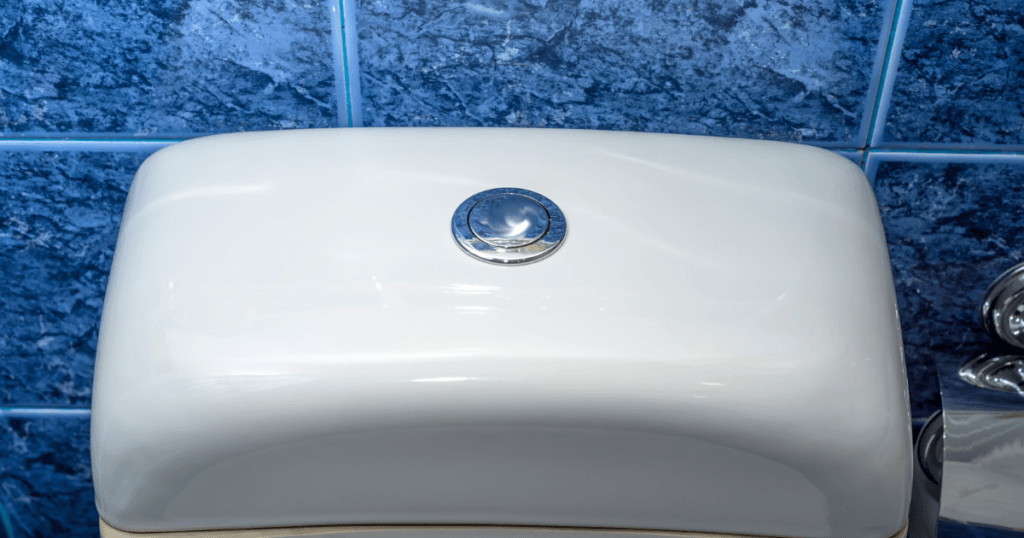
The Origin of the Idea
Household hacks often go viral, like adding fabric softener to toilet tanks. This tip gained momentum when a renowned cleaning company shared it on social media, suggesting a mix of laundry detergent or softener in the tank for a refreshing bathroom aroma.
The post went viral, and many of you gave it a shot and enjoyed the pleasant scent. Yet, not everyone was sold. Concerns about plumbing, the environment, and long-term effects emerged.
The debate was intense, with both supporters and critics speaking out.
Social media’s influence is powerful, but as this fabric softener discussion highlights, you must evaluate viral tips critically before adopting them.
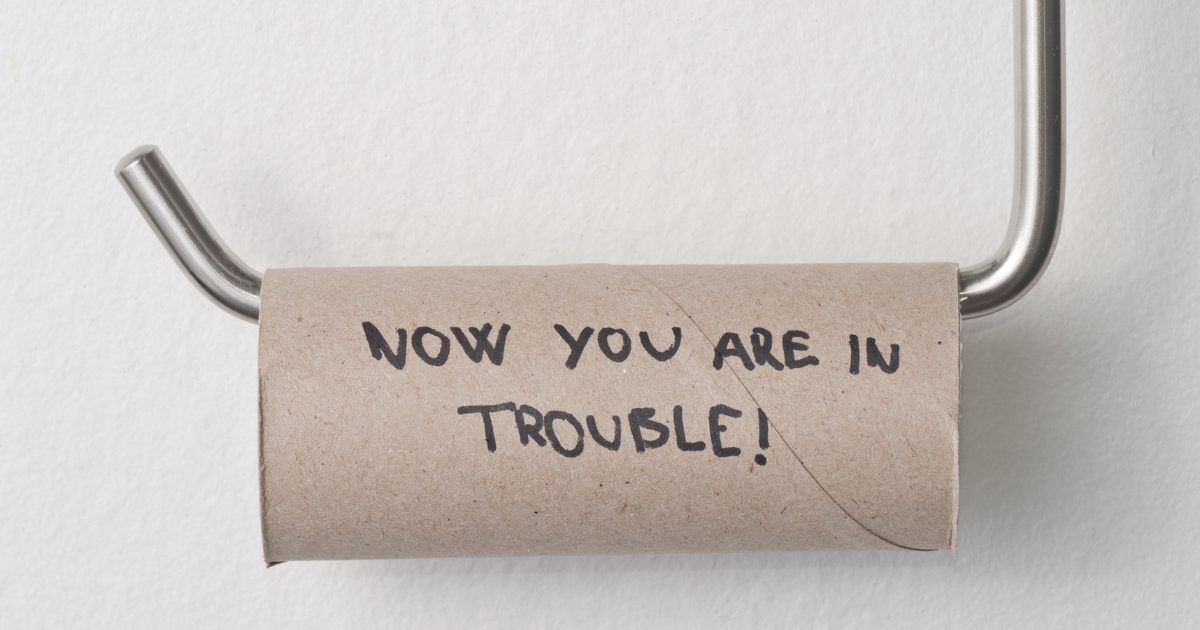
Plumbers and Experts Weigh In
The viral tip: Can You Put Fabric Softener In Toilet Tanks? Sparked diverse reactions, especially from plumbing and environmental experts.
- Professionals Chime In While some acknowledged the pleasant scent from the hack, many raised alarms about long-term implications.
- Plumber’s Caution: A comparison was drawn between pouring fabric softener and cooking grease down drains. As grease can cause blockages over time, fabric softeners might lead to septic issues and pipe obstructions. A plumber from the “Mrs Hinch Made Me Do It” Facebook group warned of the softener’s film-forming nature in drains, akin to its effect on clothes.
- Environmental Concerns: Izzy Shulman, director at Plumbers4U, discussed the residues fabric softeners can leave, potentially blocking drainage. Environmentalists emphasized the adverse effects of fabric softener chemicals on aquatic ecosystems.
- Safer Alternatives: Experts advocate for alternatives like toilet-specific products or natural solutions like vinegar. They offer the desired freshness without the risks.
While a fabric-softened toilet might smell great, professionals urge caution, emphasizing potential damages over fleeting benefits. Always consider expert advice when introducing new practices to your homes.
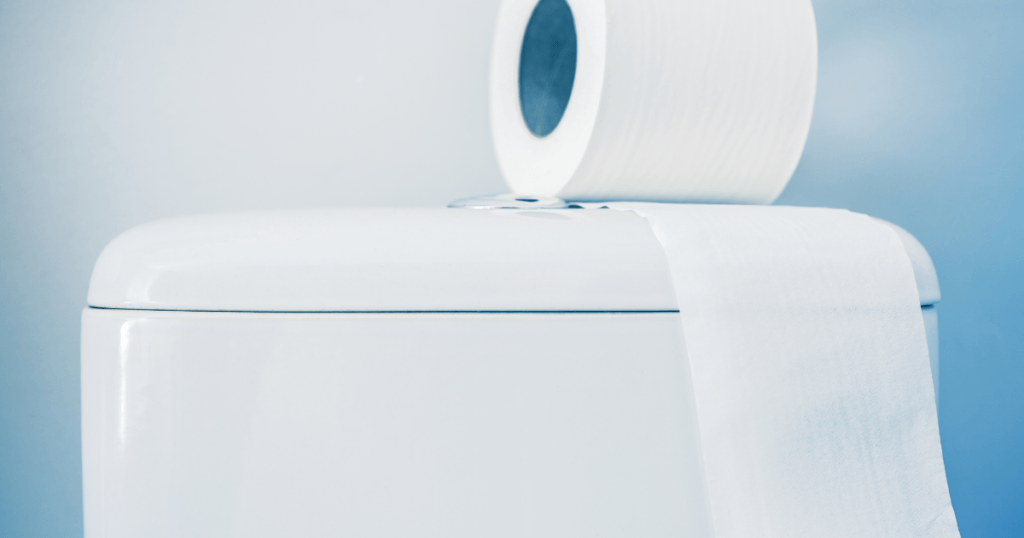
Alternatives to Fabric Softener in Toilet Tanks
Considering alternatives to fabric softeners in toilet tanks? There are safer options for a fragrant bathroom without the risks:
- Toilet-Specific Products: Choose products tailored to toilets. They’re formulated to give a fresh scent with each flush and are plumbing-safe.
- Nature’s Solutions: Use natural ingredients like lemon juice or vinegar in the tank. They’re eco-friendly, free from chemicals, and can also tackle limescale.
- Wall Plug-Ins: Brands like Nest and Glade offer plug-ins that diffuse pleasant aromas, ensuring a consistently fresh bathroom ambiance.
- Diffusers: Standard diffusers with essential oils provide a gentle aroma and can also enhance your bathroom’s aesthetics.
While fabric softener is a popular hack, these alternatives promise a fragrant bathroom without compromising safety or the environment.
Final Thoughts
Let’s wrap this up with a splash (pun intended)! So, you’ve been pondering the question, Can You Put Fabric Softener In Toilet Tanks? And dreaming of a bathroom that smells like a fresh spring meadow.
But remember, while dreams are lovely, reality has a way of… well, flushing them down. Just because you can do something doesn’t mean you should. Before you pour that softener, think of the fishies, your pipes, and the potential plumber’s bill.
Please stick to the tried-and-true methods, and let’s keep our toilets and fabric softeners in their respective lanes. Until next time, stay curious but also stay practical!
Can You Put Fabric Softener In Toilet Tanks FAQ’s
What benefits can I expect from fabric softener in the toilet tank?
Many plumbers advise against this practice. They warn of potential plumbing issues, likening the effect of fabric softener to pouring cooking grease down the drain.
Are there any risks associated with this method?
Yes, there are several risks. These include potential buildup in the septic system, pipe blockages, and environmental harm from the chemicals in fabric softeners.
What do plumbers say about this?
Many plumbers advise against this practice. They warn of potential plumbing issues, likening the effect of fabric softener to pouring cooking grease down the drain.
Are there any environmentally friendly reasons to avoid this?
Yes. Some fabric softeners contain chemicals that can harm aquatic ecosystems when flushed into wastewater systems.
Dive Deeper
- How Long Can Sperm Survive On A Toilet Seat
- Colored Toilet Paper-What Happened?
- How Long Does It Take For A Condom To Clog A Toilet?
